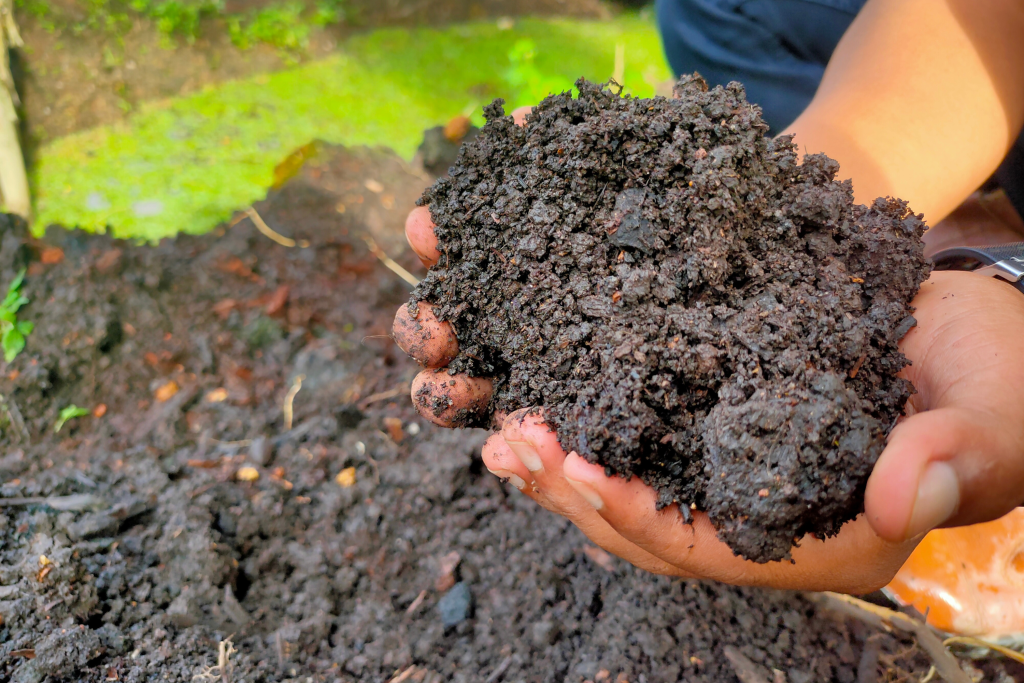
Peat soil, often known as “peat,” is a type of soil formed from the accumulation of partially decayed organic matter, primarily plant material, in waterlogged conditions. Found in peat bogs and mires, peat soil is renowned for its unique properties and has been used in gardening and agriculture for centuries. However, its use is accompanied by both benefits and significant environmental concerns. In this blog, we’ll explore the characteristics of peat soil, its advantages and disadvantages, and discuss sustainable alternatives.
Characteristics of Peat Soil
Peat soil is distinctive due to its high organic matter content, often exceeding 90%. This organic richness gives peat its dark brown to black color and spongy texture. Key characteristics of peat soil include:
- High Water Retention: Peat soil can hold large amounts of water, making it ideal for moisture-loving plants.
- Acidic pH: Typically, peat soil has a low pH, ranging from 3.5 to 5.5, which can affect nutrient availability.
- Nutrient Content: While peat itself isn’t particularly rich in nutrients, it improves soil structure and nutrient retention when mixed with other soils.
- Aeration: The fibrous nature of peat provides good aeration for plant roots.
Benefits of Peat Soil
Peat soil offers several advantages that have made it a popular choice among gardeners and farmers:
- Enhanced Water Management: Its ability to retain moisture helps maintain consistent soil hydration, reducing the frequency of watering.
- Soil Structure Improvement: Peat can improve the texture and structure of sandy or clay soils, promoting better root growth.
- Ideal for Acid-Loving Plants: Peat soil’s acidity is beneficial for plants like blueberries, azaleas, and rhododendrons.
- Seed Starting Medium: Due to its sterility and fine texture, peat is often used in seed starting mixes to promote germination.
Environmental Concerns
Despite its benefits, the use of peat soil raises significant environmental concerns:
- Carbon Emissions: Peatlands act as carbon sinks, storing vast amounts of carbon. Harvesting peat releases this stored carbon into the atmosphere, contributing to greenhouse gas emissions.
- Habitat Destruction: Peat extraction disrupts ecosystems, leading to the loss of biodiversity and the destruction of unique habitats for various species.
- Non-Renewable Resource: Peat formation is an extremely slow process, taking thousands of years. This makes peat a non-renewable resource in human timescales.
Sustainable Alternatives to Peat Soil
In response to environmental concerns, sustainable alternatives to peat soil have gained popularity:
- Coconut Coir: Made from the fibrous husk of coconuts, coir is a renewable resource that offers similar water retention and aeration properties as peat.
- Composted Bark: This alternative provides good aeration and improves soil structure while being a byproduct of the timber industry.
- Leaf Mold: Created by decomposing leaves, leaf mold is an excellent soil conditioner that enhances moisture retention and soil structure.
- Compost: Rich in nutrients and organic matter, compost is a versatile alternative that improves soil health and fertility.
Conclusion
Peat soil has played a significant role in horticulture and agriculture due to its unique properties. However, the environmental impact of peat extraction necessitates a shift towards more sustainable practices. By exploring and adopting alternatives like coconut coir, composted bark, leaf mold, and compost, we can mitigate the ecological footprint of our gardening activities while still reaping the benefits of enhanced soil quality.
Embracing these sustainable alternatives not only supports the health of our planet but also promotes a more resilient and diverse garden ecosystem.



